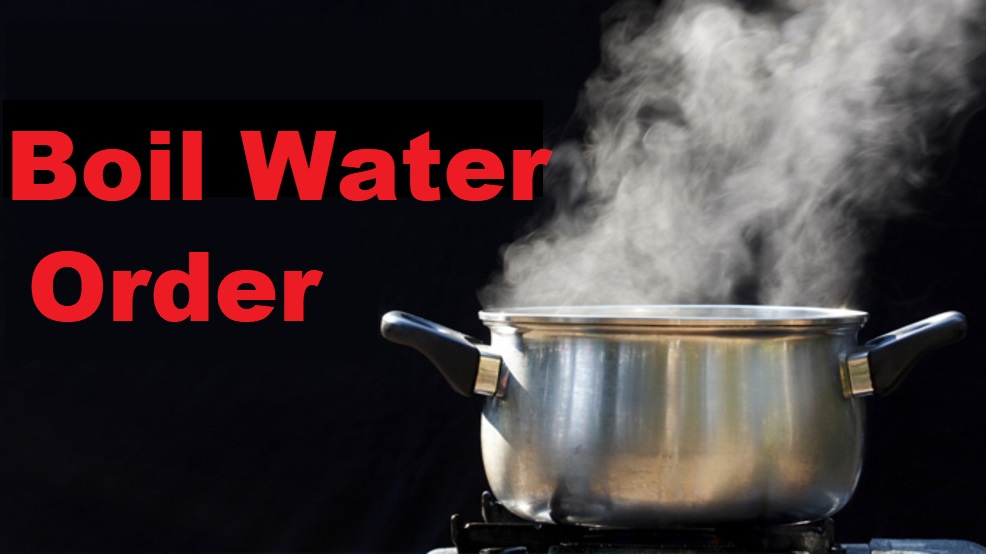Summer Heat Arrives in Arkansas
Summer will officially begin this weekend on Father’s Day, but the heat has already arrived in Arkansas, and it’s time to watch for the dangerous side effects the heat can bring. Heat stress, heat exhaustion and heat stroke are serious concerns in Arkansas, and failure to be on guard can result in injury, disability or death.
According to John Senner, Branch Chief for the Center for Health Statistics, the state averages about ten deaths every year from heat-related causes.
According to the Centers for Disease Control and Prevention (CDC), your best defense against heat-related illness is prevention. Staying cool and making simple changes in your fluid intake, activities, and clothing during hot weather can help you remain safe and healthy.While the elderly, people with health problems, and very young children are the most vulnerable, heat can affect anyone—even strong, healthy athletes can be stricken.
Several factors affect the body’s ability to cool itself during extremely hot weather. When the humidity is high, sweat will not evaporate as quickly, preventing the body from releasing heat quickly. Other conditions related to risk include age, obesity, fever, dehydration, heart disease, mental illness, poor circulation, sunburn, and prescription drug and alcohol use.
Our bodies are cooled primarily by losing heat through the skin by perspiration and evaporation. Problems occur when we are unable to shed excess heat. When our heat gain exceeds the amount we can get rid of, our temperature begins to rise and heat-related illness may develop.
Your body has an internal thermostat that is designed to help you maintain proper body temperatures. However, sometimes extreme heat can cause your thermostat to malfunction, which can result in one or more of the following conditions:
· Heat Rash. Heat rash is a skin irritation caused by excessive sweating during hot, humid weather. It can occur at any age but is most common in young children.
-more-
Although heat rash occurs because of exposure to extreme heat, treating heat rash is simple and usually does not require medical assistance. Other heat-related problems such as those listed below can be much more severe.
· Heat Cramps. Heat cramps usually affect people who sweat heavily during strenuous activity. This sweating depletes the body’s salt, magnesium, and water. The low salt and magnesium levels in the muscles may be the cause of heat cramps. Heat cramps may also be a symptom of heat exhaustion.
· Heat Exhaustion. Heat exhaustion is a milder form of heat-related illness that can develop in exposure to high temperatures and inadequate or unbalanced replacement of fluids. It is the body’s response to an excessive loss of the water and salt contained in sweat. Those most prone to heat exhaustion are elderly people, people with high blood pressure, and people working or exercising in a hot environment.
· Heat Stroke. Heat stroke occurs when the body is unable to regulate its temperature. The body’s temperature rises rapidly, the sweating mechanism fails, and the body is unable to cool down. Body temperature may rise to 106°F or higher within 10 to 15 minutes. Heat stroke can cause death or permanent disability if emergency treatment is not provided.
· Heat-Related Deaths. Most heat-related deaths occur when high temperatures overcome the body’s natural ability to cope with heat. The elderly, very young children and persons with chronic medical conditions (especially cardiovascular disease) are at highest risk.
Those who work, exercise, or participate in strenuous activity, such as sports or gardening, for an hour or more during intense heat may lose or sweat up to two quarts of water. If you must pursue intense activity during hot weather, follow these safety tips.
· Drink plenty of water; fluid replacement is crucial to avoid heat risks. Drink more water than usual before exercising or working in the heat. (If you are elderly or taking medication, ask your doctor about fluid intake recommendations.)
· Schedule your strenuous activity during the coolest time of the day.
· Monitor how you feel. If you have difficulty maintaining your regular pace, slow down.
For more information, visit the Centers for Disease Control and Prevention website at: http://emergency.cdc.gov/disasters/extremeheat/






